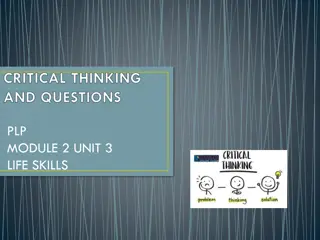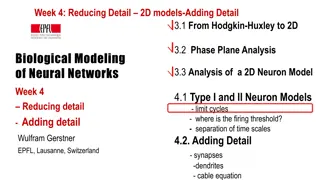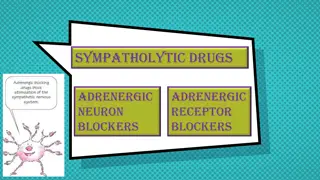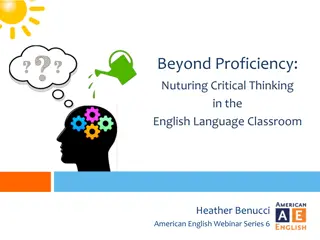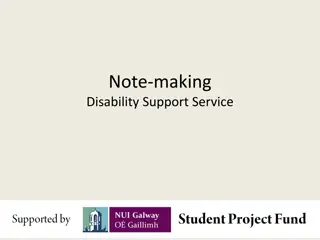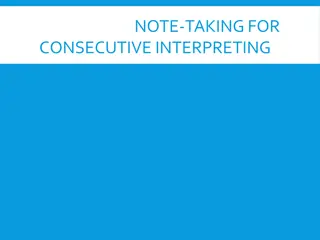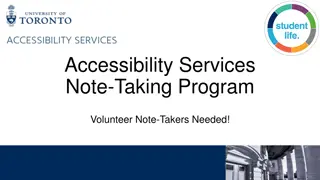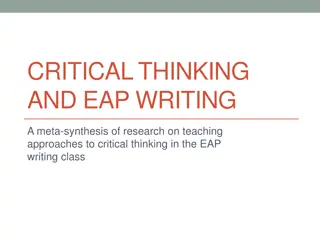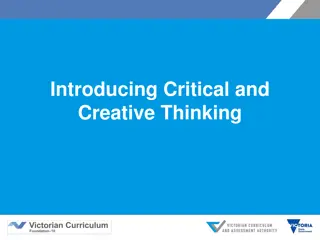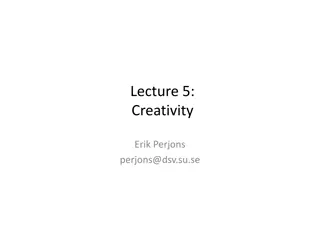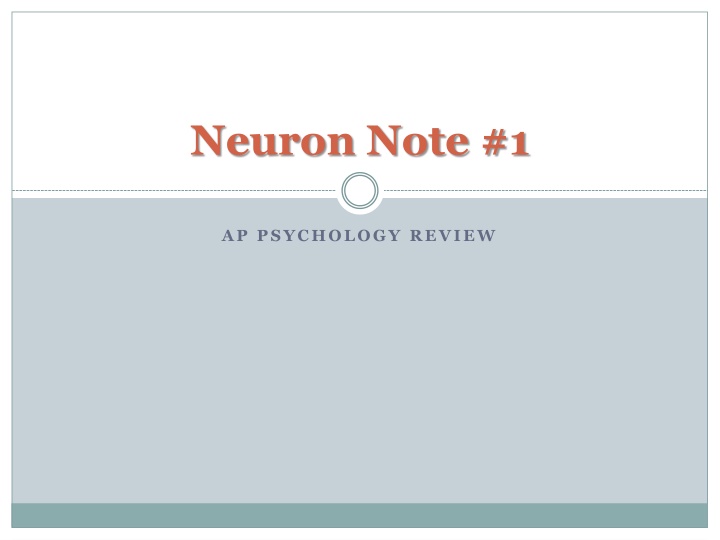
Language Development in Children: AP Psychology Review
Explore key concepts in child language development with these AP Psychology review questions. Topics include phonemes, syntax, morphemes, linguistic errors, and semantics.
Download Presentation

Please find below an Image/Link to download the presentation.
The content on the website is provided AS IS for your information and personal use only. It may not be sold, licensed, or shared on other websites without obtaining consent from the author. If you encounter any issues during the download, it is possible that the publisher has removed the file from their server.
You are allowed to download the files provided on this website for personal or commercial use, subject to the condition that they are used lawfully. All files are the property of their respective owners.
The content on the website is provided AS IS for your information and personal use only. It may not be sold, licensed, or shared on other websites without obtaining consent from the author.
E N D
Presentation Transcript
Neuron Note #1 AP PSYCHOLOGY REVIEW
1. Three-year-old Johnny used to say mikk when he wanted a glass of milk. Now he is able to say milk quite clearly. In this instance, Johnny has made a gain in his use of: a) Phonemes b) Syntax c) Morphemes d) Linguistic heuristics e) Connotations
2. Which of the following statements is LEAST accurate? a) Humans are capable of producing about 100 phonemes b) A letter of the alphabet is represented by more than one phoneme if it has more than one pronunciation c) All languages use all of the phonemes of which humans are capable d) Phonemes are combined into morphemes e) There are about 50,000 morphemes in the English language
3. A child who says, I sawed a cat in the yard, is making which of the following errors? a) Overextension b) Underextension c) Overregularization d) Underregularization e) Metalinguistic
4. When the word oat is changed to the word boat, the number of: a) Phonemes and morphemes are both increased b) Phonemes stays the same, but the number of morphemes is increased c) Phonemes increases, but the number of morphemes stays the same d) Phonemes decreases, but the number of morphemes stay the same e) Phonemes and morphemes both stay the same
5. The word unchangeable consists of: a) Nine morphemes, one for each letter of the alphabet used b) One morpheme, for the entire word c) Four morphemes, one for each syllable d) Three morphemes: un, change and able e) Two morphemes: un and changeable
6. Semantics is the component of language concerned with: a) The dictionary definition of a word b) Specifying rules for how words can be arranged into sentences c) Creating novel messages from a finite number of symbols d) Correctly pronouncing the prefixes, suffixes and root words of a language e) Understanding the meaning of words and word combinations
7. The sentence, The nervous the stared thick at exam student would be virtually impossible for an English speaker to understand because the sentence violates the rules of English: a) Linguistic relativity b) Syntax c) Morphemes d) Phonemes e) Semantics
8. In language development, babbling refers to producing: a) Different cries to signify different kinds of discomfort b) A wide variety of phonemes and consonant-vowel combinations c) Sound by placing the tongue near the back of the mouth d) Random combinations of words e) Sound with the lips and the front part of the mouth
9. In general, toddlers can: a) Say more words than they understand b) Only use about 10 different words c) Understand and say about the same number of words d) Use more action words than object words e) Understand more words than they can say
10. If you were to compare adult speech with the speech of infants under 6 months of age you should expect that: a) Infants produce more morphemes than adults do b) Adults are capable of producing more phonemes than infants are c) Infants produce more phonemes than adults do d) Adults and infants both use the same number of phonemes e) Adults and infants both use the same number of morphemes
1. Three-year-old Johnny used to say mikk when he wanted a glass of milk. Now he is able to say milk quite clearly. In this instance, Johnny has made a gain in his use of: a) Phonemes b) Syntax c) Morphemes d) Linguistic heuristics e) Connotations
2. Which of the following statements is LEAST accurate? a) Humans are capable of producing about 100 phonemes b) A letter of the alphabet is represented by more than one phoneme if it has more than one pronunciation c) All languages use all of the phonemes of which humans are capable d) Phonemes are combined into morphemes e) There are about 50,000 morphemes in the English language
3. A child who says, I sawed a cat in the yard, is making which of the following errors? a) Overextension b) Underextension c) Overregularization d) Underregularization e) Metalinguistic
4. When the word oat is changed to the word boat, the number of: a) Phonemes and morphemes are both increased b) Phonemes stays the same, but the number of morphemes is increased c) Phonemes increases, but the number of morphemes stays the same d) Phonemes decreases, but the number of morphemes stay the same e) Phonemes and morphemes both stay the same
5. The word unchangeable consists of: a) Nine morphemes, one for each letter of the alphabet used b) One morpheme, for the entire word c) Four morphemes, one for each syllable d) Three morphemes: un, change and able e) Two morphemes: un and changeable
6. Semantics is the component of language concerned with: a) The dictionary definition of a word b) Specifying rules for how words can be arranged into sentences c) Creating novel messages from a finite number of symbols d) Correctly pronouncing the prefixes, suffixes and root words of a language e) Understanding the meaning of words and word combinations
7. The sentence, The nervous the stared thick at exam student would be virtually impossible for an English speaker to understand because the sentence violates the rules of English: a) Linguistic relativity b) Syntax c) Morphemes d) Phonemes e) Semantics
8. In language development, babbling refers to producing: a) Different cries to signify different kinds of discomfort b) A wide variety of phonemes and consonant-vowel combinations c) Sound by placing the tongue near the back of the mouth d) Random combinations of words e) Sound with the lips and the front part of the mouth
9. In general, toddlers can: a) Say more words than they understand b) Only use about 10 different words c) Understand and say about the same number of words d) Use more action words than object words e) Understand more words than they can say
10. If you were to compare adult speech with the speech of infants under 6 months of age you should expect that: a) Infants produce more morphemes than adults do b) Adults are capable of producing more phonemes than infants are c) Infants produce more phonemes than adults do d) Adults and infants both use the same number of phonemes e) Adults and infants both use the same number of morphemes


